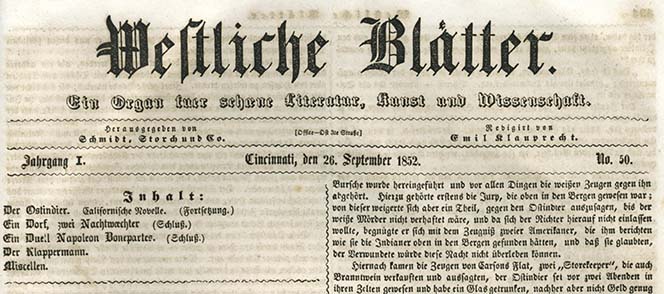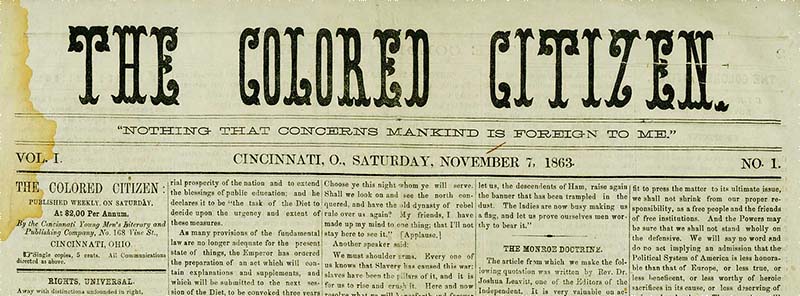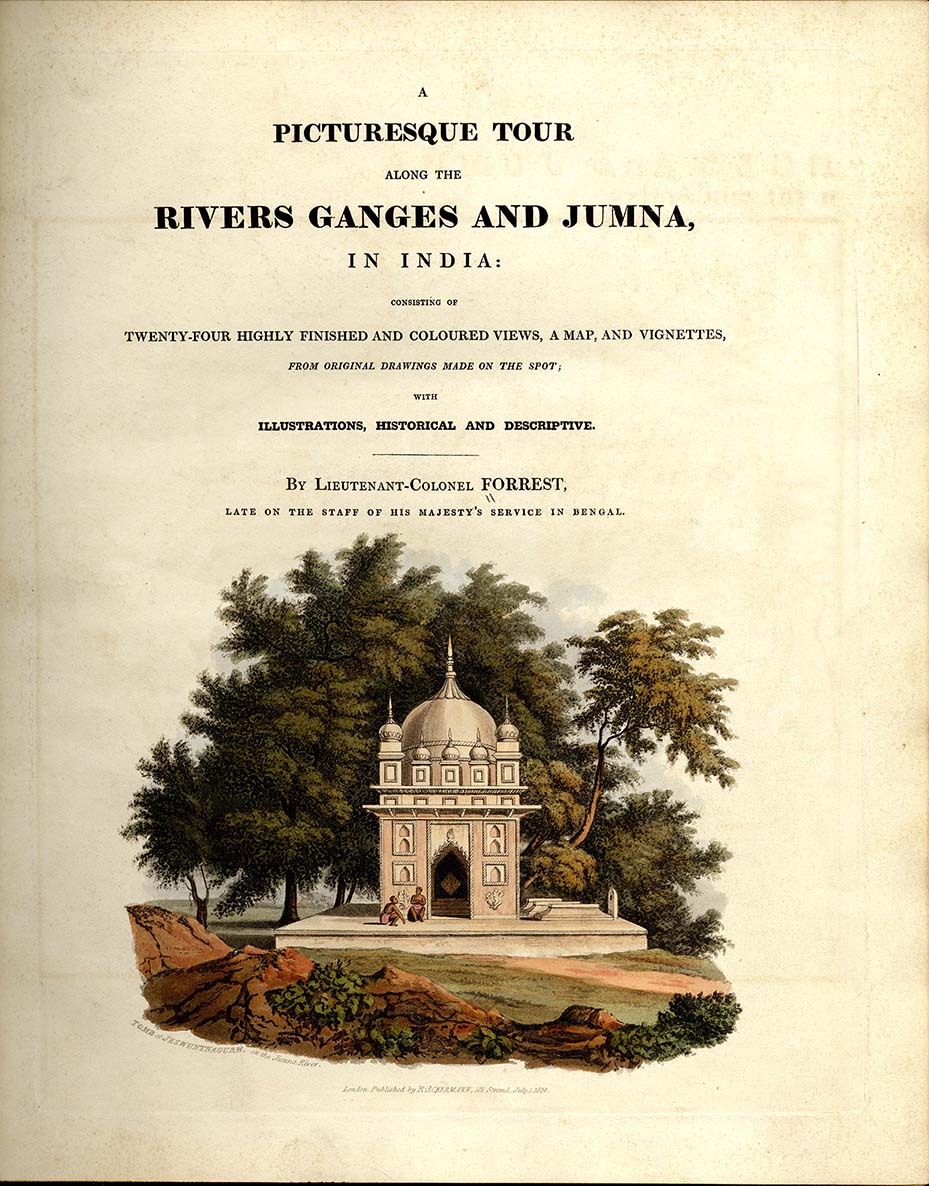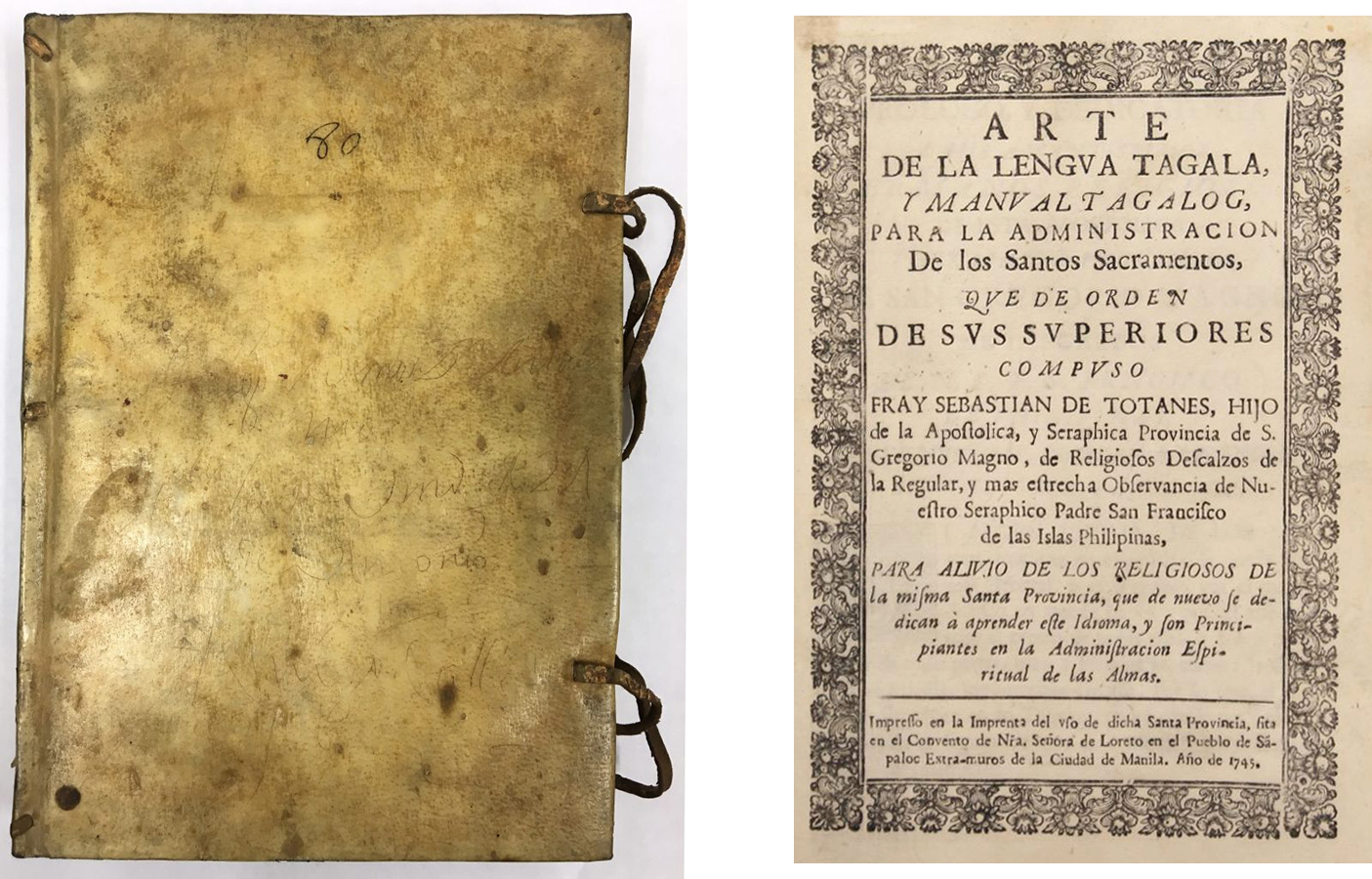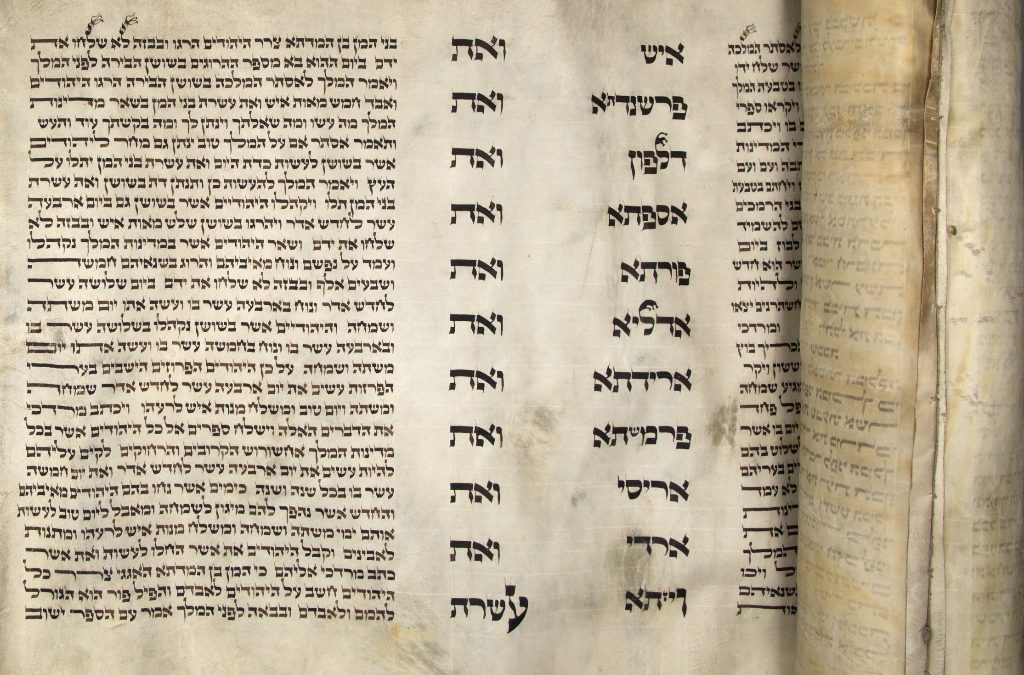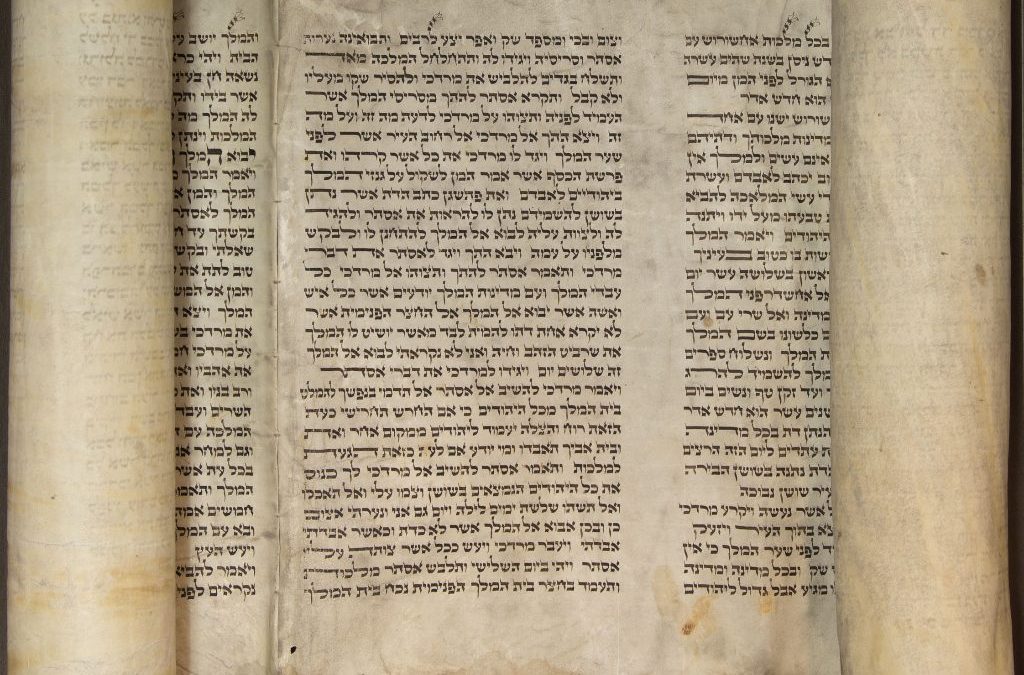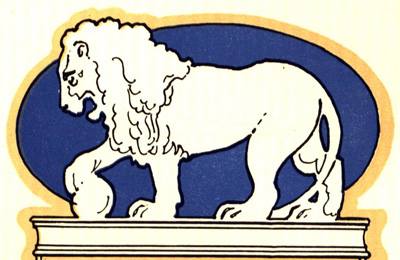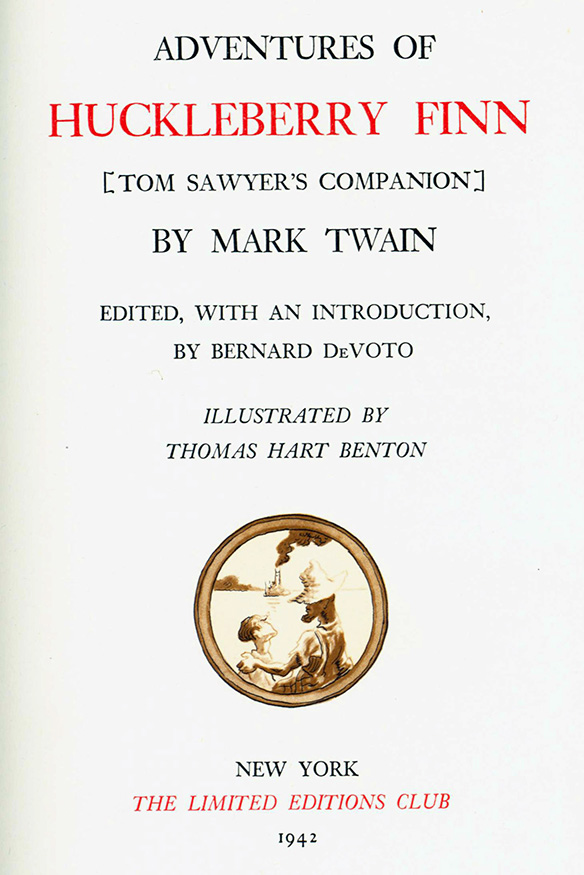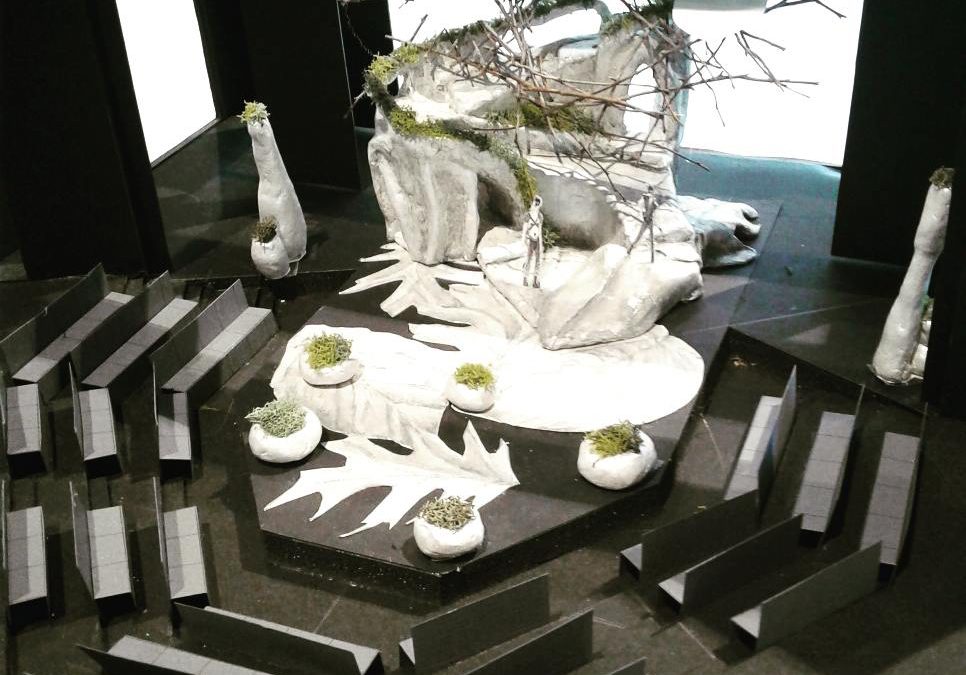By: Kevin Grace
Infernal Gods, who rule the shades below,
Chaos and Phlegethon, ye realms of woe,
Grant what I have heard I may to light expose
Secrets which earth, and night, and hell inclose.

The verse comes from an 18th century book in the Archives & Rare Books Library that purports to document true accounts of the supernatural, most of them from the Scottish highlands. Of course, every country and culture has its own ghosts and witches, and Scotland has a wonderfully rich heritage of “long-leggedy beasties.” Which notion, of course, points to the spookiest of goodnight prayers, the Scots’ traditional plea for safety in their beds:
From ghoulies and ghosties
And long-leggedy beasties
And things that go bump in the night
Good Lord, deliver us!
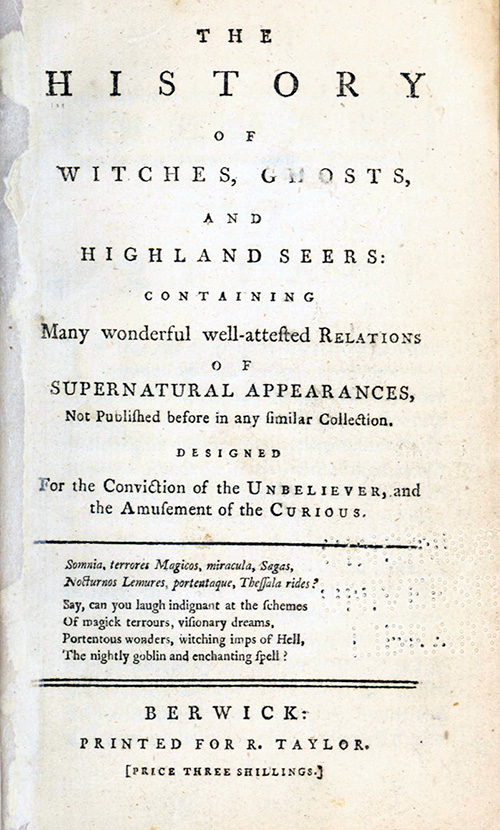 This small poetic digression aside, our book of spectres and succubi came from the press of Robert Taylor of Berwick-on-Tweed. Berwick was one of those towns caught between the Kingdoms of Scotland and England during the frequent border wars, but finally became a part of England in 1482. Located in Northumberland, it is the northernmost town in England, but centuries later it still maintains a strong Scottish identity. Taylor was active as a printer in Scotland and England from 1717-1779, and is credited with setting up the first printing press in Berwick in 1753. In 1775, he published The History of Witches, Ghosts, and Highland Seers: Containing Many Wonderful Well-Attested Relations of Supernatural Appearances, Not Published Before in Any Similar Collection Designed for the Conviction of the Unbeliever, and the Amusement of the Curious.
This small poetic digression aside, our book of spectres and succubi came from the press of Robert Taylor of Berwick-on-Tweed. Berwick was one of those towns caught between the Kingdoms of Scotland and England during the frequent border wars, but finally became a part of England in 1482. Located in Northumberland, it is the northernmost town in England, but centuries later it still maintains a strong Scottish identity. Taylor was active as a printer in Scotland and England from 1717-1779, and is credited with setting up the first printing press in Berwick in 1753. In 1775, he published The History of Witches, Ghosts, and Highland Seers: Containing Many Wonderful Well-Attested Relations of Supernatural Appearances, Not Published Before in Any Similar Collection Designed for the Conviction of the Unbeliever, and the Amusement of the Curious.
One wonders a bit about that “Not Published Before…” statement in regard to Taylor. Copyright was still a fluid concept in some English courts, and Taylor sometimes stood accused of pilfering from fellow printers. Ten years after History of Witches was printed, Taylor would lose a lawsuit brought 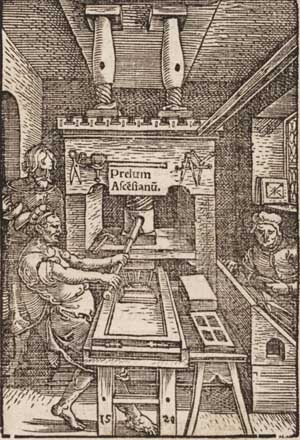 against him by another printer on his publishing of a poetry book, The Seasons by James Thomson. Nevertheless, the full weighty title gives weight to the content. These were ghost stories intended to frighten the reader. And, to put the fear of God in the souls and minds of non-believers who, in the words of Taylor, say such tales “are the invention of enthusiasm, and a crazy disordered imagination.” There are 86 stories in his gathering, several of them from the Continent and many of them accounts of witches, of “second sight,” and of appearances by apparitions. There are titles such as “The Daemon of Glenluce, in Galloway, in Scotland” and “The Dream of Lauchlan McKinnon.”
against him by another printer on his publishing of a poetry book, The Seasons by James Thomson. Nevertheless, the full weighty title gives weight to the content. These were ghost stories intended to frighten the reader. And, to put the fear of God in the souls and minds of non-believers who, in the words of Taylor, say such tales “are the invention of enthusiasm, and a crazy disordered imagination.” There are 86 stories in his gathering, several of them from the Continent and many of them accounts of witches, of “second sight,” and of appearances by apparitions. There are titles such as “The Daemon of Glenluce, in Galloway, in Scotland” and “The Dream of Lauchlan McKinnon.”
The tradition of witchcraft and ghosts in Berwick was a very long one. In 1590, there were notorious witch trials in North Berwick that lasted for more than two years and involved more than 70 accused people. According to the trials, the witches held their covens on Auld Kirk Green near the harbor. Taken to the Old Tollbooth in Edinburgh and tortured, many of the accused were forced to confessed to consorting with the Devil. The trials became quite famous and William Shakespeare even adapted some of the supposed “rituals” brought out in court for his play Macbeth.
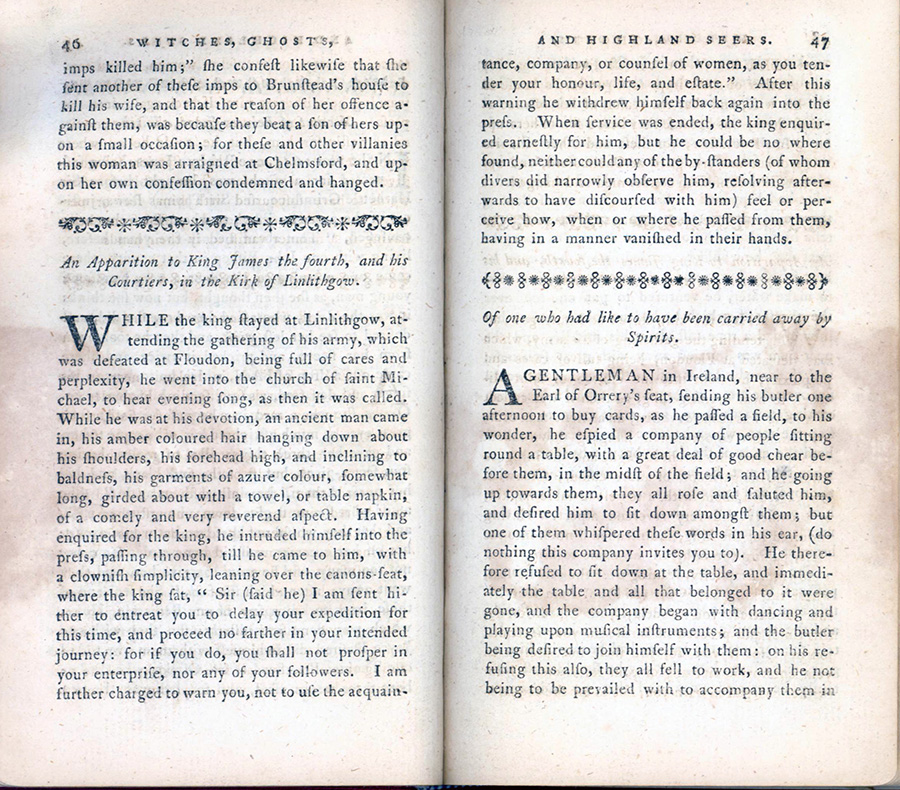
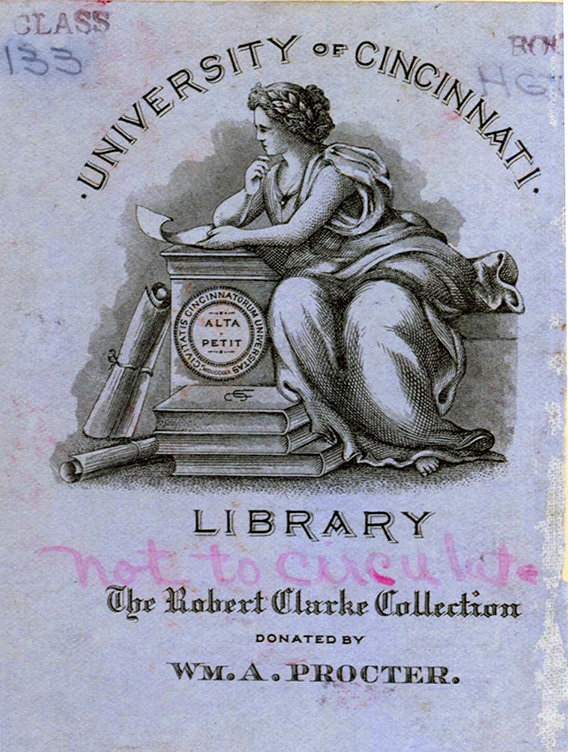 All in all, Taylor printed a lovely little book! The copy in the Archives & Rare Books Library (call number SpecCol RB BF1411.H4 1775) is from the Robert Clarke Collection, the first collection of books that formed the University of Cincinnati Libraries and it has been nicely rebound in red cloth. Taylor finished his preface to the book with this statement: “Let the aetheists, if there are any, the deists, free-thinkers, and infidel rakes read it and tremble.”
All in all, Taylor printed a lovely little book! The copy in the Archives & Rare Books Library (call number SpecCol RB BF1411.H4 1775) is from the Robert Clarke Collection, the first collection of books that formed the University of Cincinnati Libraries and it has been nicely rebound in red cloth. Taylor finished his preface to the book with this statement: “Let the aetheists, if there are any, the deists, free-thinkers, and infidel rakes read it and tremble.”
And we conclude here with another little verse:
Say, can you laugh indignant at the schemes
Of magick terrours, visionary dreams,
Portentous wonders, witching imps of Hell,
The nightly goblin and enchanting spell?
Happy Halloween!
 One of the collecting areas of the Rare Books Collection in the Archives & Rare Books Library is early travel and exploration. Though this area of the holdings ranges from the 16th century to the 20th, many of the travel accounts are illustrated volumes from the 19th century. During the Peninsular War (1808-1813) that was fought between Napoleon and Spain against Great Britain and Portugal for the control of the Iberian Peninsula, the English watercolorist and civil secretary of 1st Viscount Exmouth Edward Pellew, Edward Hawke Locker, recorded his tour of Spain through watercolors and etchings. Following his appointment as civil commissioner of Greenwich Hospital, Locker proceeded to publish his account in Views of Spain (1824).
One of the collecting areas of the Rare Books Collection in the Archives & Rare Books Library is early travel and exploration. Though this area of the holdings ranges from the 16th century to the 20th, many of the travel accounts are illustrated volumes from the 19th century. During the Peninsular War (1808-1813) that was fought between Napoleon and Spain against Great Britain and Portugal for the control of the Iberian Peninsula, the English watercolorist and civil secretary of 1st Viscount Exmouth Edward Pellew, Edward Hawke Locker, recorded his tour of Spain through watercolors and etchings. Following his appointment as civil commissioner of Greenwich Hospital, Locker proceeded to publish his account in Views of Spain (1824).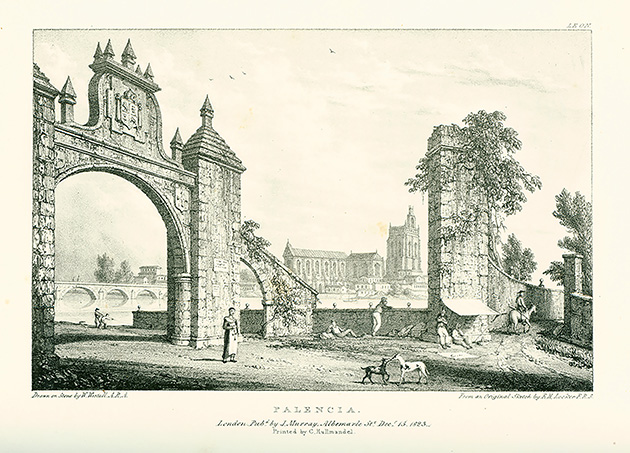 in 1844 when he suffered a mental breakdown. Remembered as a man of varied talents, Locker was a skilled artist and a smooth conversationalist, and, was a fellow of the Royal Society. His pictorial tour of Spain is just one of his many illustrated works documenting his travels abroad. The British Empire and travel literature in the 19th century often go hand in hand as many of Britain’s skilled officers were sent on foreign tours and often documented their exotic travels (see account of India: https://libapps.libraries.uc.edu/liblog/2018/05/art-and-empire-in-nineteenth-century-india/). Continue reading
in 1844 when he suffered a mental breakdown. Remembered as a man of varied talents, Locker was a skilled artist and a smooth conversationalist, and, was a fellow of the Royal Society. His pictorial tour of Spain is just one of his many illustrated works documenting his travels abroad. The British Empire and travel literature in the 19th century often go hand in hand as many of Britain’s skilled officers were sent on foreign tours and often documented their exotic travels (see account of India: https://libapps.libraries.uc.edu/liblog/2018/05/art-and-empire-in-nineteenth-century-india/). Continue reading 
